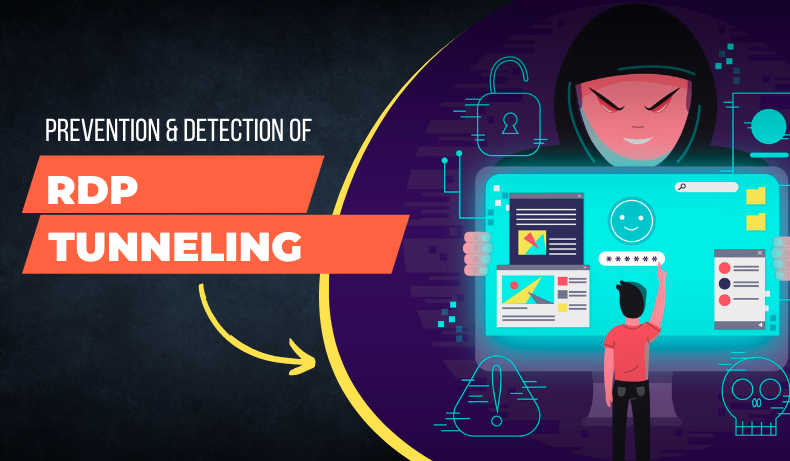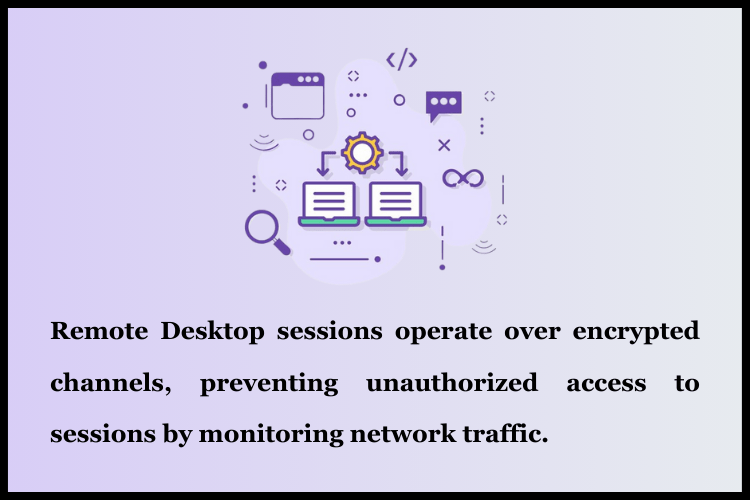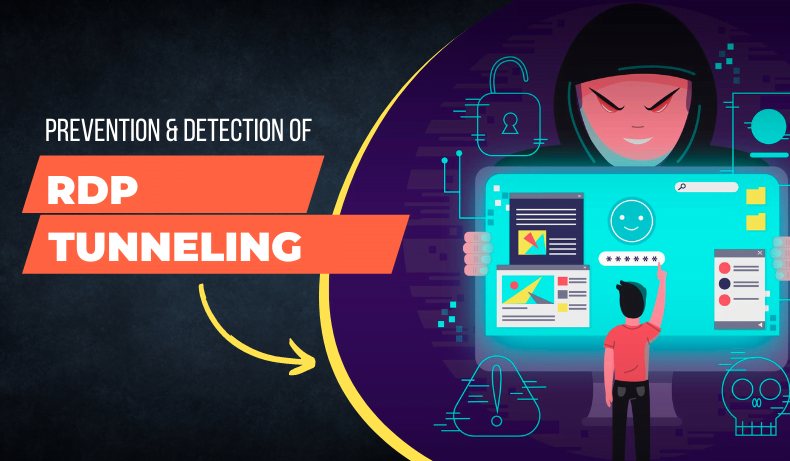November 9, 2019
What Are The Benefits Of Buying Cheap RDP Online?
In today’s digital age, where remote work and online collaboration are becoming increasingly prevalent, Remote Desktop Protocol (RDP) has...

 August 22, 2022
August 22, 2022
In today’s digital age, where remote work and online collaboration are becoming increasingly prevalent, Remote Desktop Protocol (RDP) has...
What is RDP RDP stands for Remote desktop protocol, which is developed by Microsoft technologies to enhance connectivity and, at...
In today’s fast-paced digital age, Remote Desktop Protocol (RDP) has emerged as a powerful tool for businesses and individuals...


Leave a comment